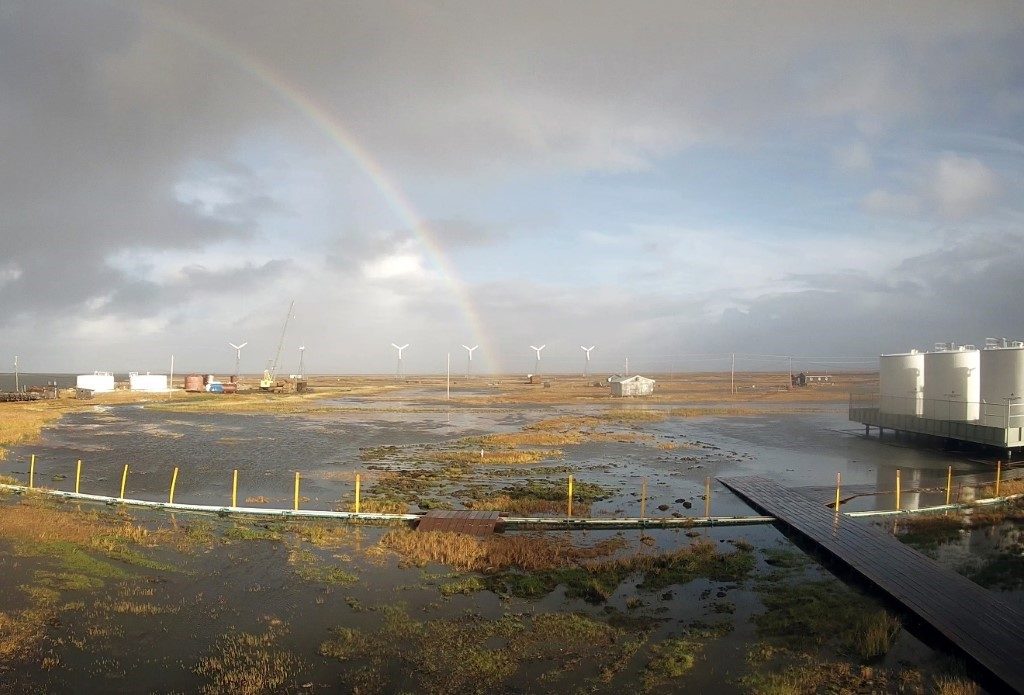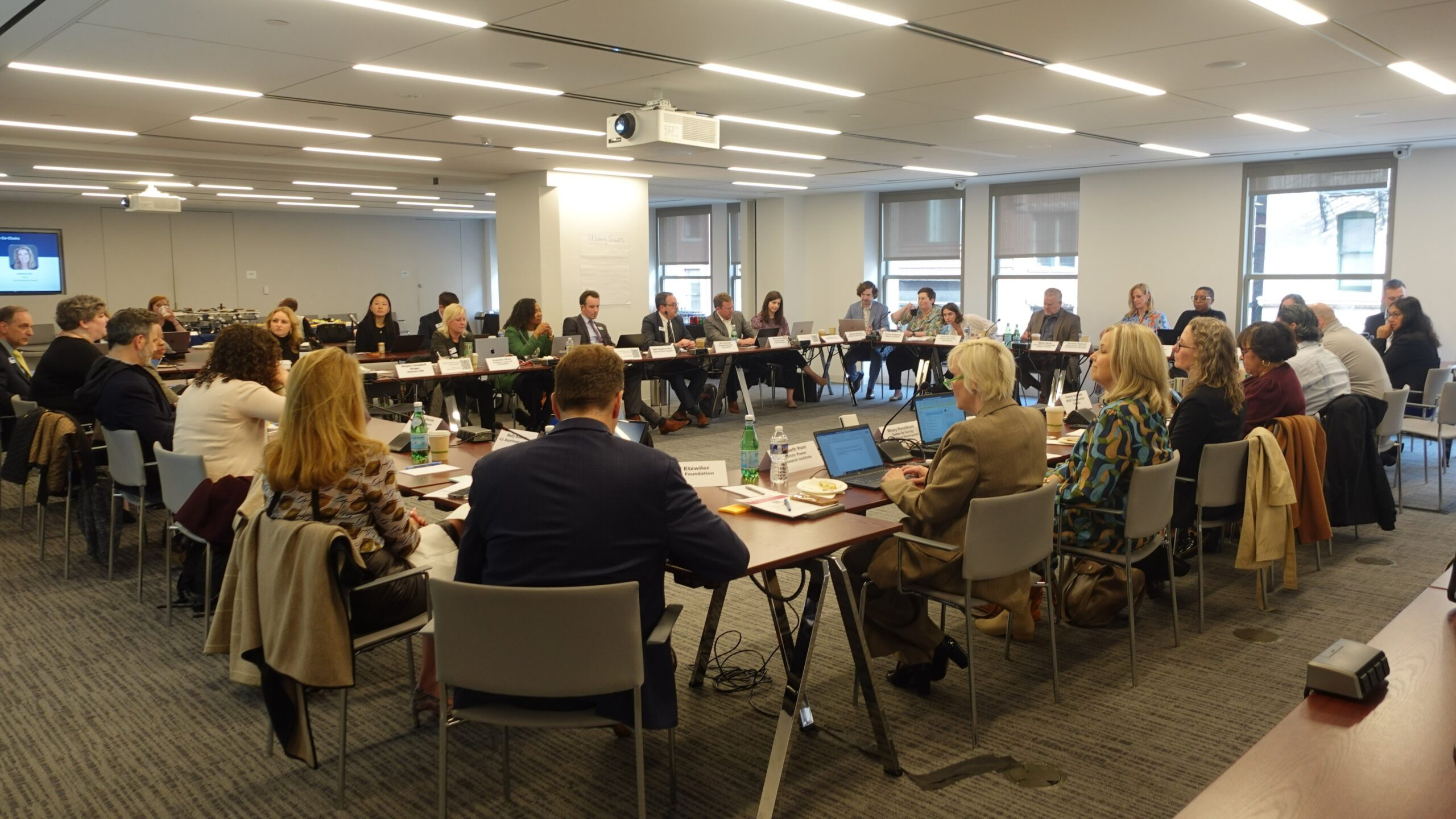
Kipnuk is one of the more remote communities in the United States. Located on the Kugkaktlik River in western Alaska, it is closer to Russia than to the nearest highway. Despite its remoteness and traditional culture, the approximately 700 residents of this Alaska Native community still need access to affordable energy to heat their homes, cook their food, and light their buildings.
For several decades, energy in Kipnuk has come almost completely from diesel fuel which was barged in during the short summers when the river was not frozen. However, the recent construction of a hybrid power and heating system is changing that reliance on diesel. In 2019, the village electric utility, Kipnuk Power and Light, installed six 95kW wind turbines, 40 residential electric heating systems, and an electric boiler in the new diesel powerhouse to offset diesel fuel use. The diesel powerhouse, designed to complement the wind turbines, was installed by the Alaska Energy Authority over the past two years.
The wind turbines in the Kipnuk hybrid diesel-wind power system were designed with excess capacity relative to the modest 220kW average electrical load on the power grid. During periods of light wind, they reduce fuel use at the power plant. When the wind blows hard, which it does often in this region, the powerhouse controls maximize the fuel savings that can be integrated into the power grid and the excess wind power is used to heat village homes. In addition to the fuel cost savings and associated emissions reductions, this hybrid power system provides increased local employment and training, reduced exposure to volatile fuel prices, and serves as a model for a more sustainable rural Alaska community.
About the Alaska Energy Authority
The Alaska Energy Authority (AEA) is an independent state corporation governed by a board of directors with the mission to “reduce the cost of energy in Alaska.” AEA is the state’s energy office and lead agency for statewide energy policy and program development.
Explore Infrastructure Innovations
- State Examples: Relieving Congestion to Boost Economic Competitiveness
- State Examples: Protecting America’s Critical Infrastructure
- State Examples: Eliminating Red Tape and Integrating Smart Technology
- State Examples: Leveraging Private Sector Investments












